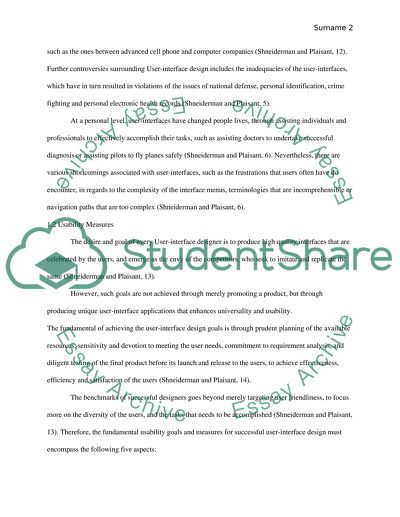Cite this document
(“Designing The User Interface Essay Example | Topics and Well Written Essays - 1500 words”, n.d.)
Retrieved from https://studentshare.org/information-technology/1627323-designing-the-user-interface
Retrieved from https://studentshare.org/information-technology/1627323-designing-the-user-interface
(Designing The User Interface Essay Example | Topics and Well Written Essays - 1500 Words)
https://studentshare.org/information-technology/1627323-designing-the-user-interface.
https://studentshare.org/information-technology/1627323-designing-the-user-interface.
“Designing The User Interface Essay Example | Topics and Well Written Essays - 1500 Words”, n.d. https://studentshare.org/information-technology/1627323-designing-the-user-interface.


